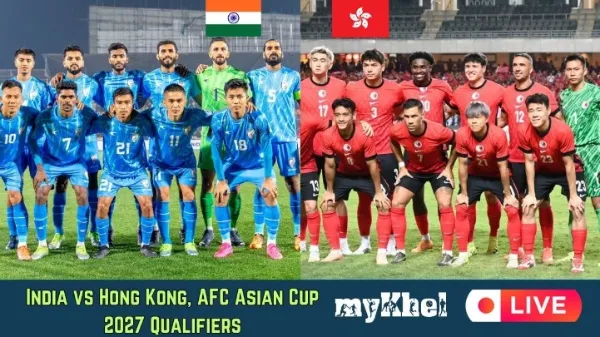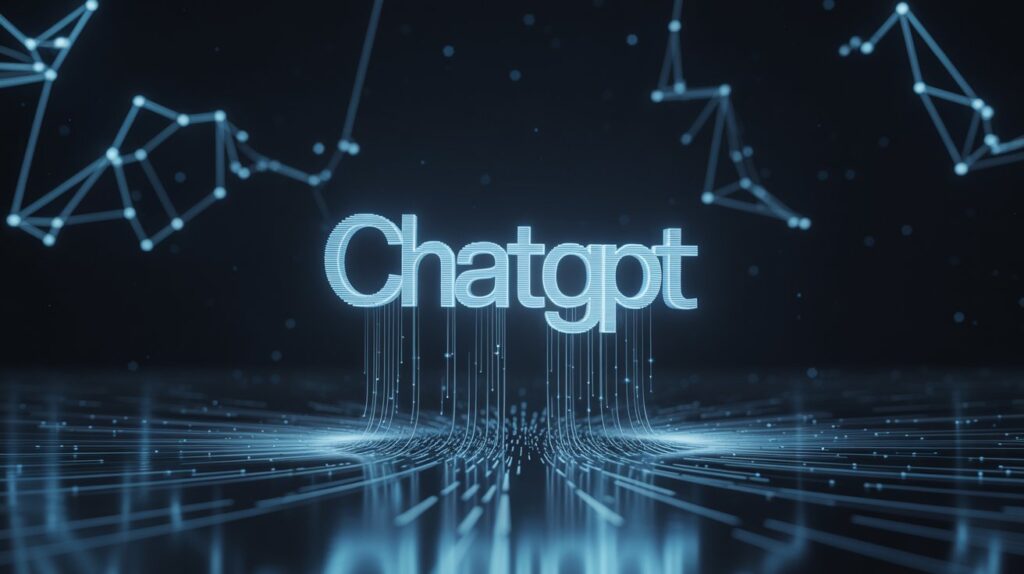
Why PM Modi Was Invited to G7 (Guest Status Explained)
Summary:
Indian Prime Minister Narendra Modi attended the June 2025 G7 summit in Canada as an invited guest. Host Prime Minister Mark Carney highlighted India’s position as the world’s fifth-largest economy and its vital role in global supply chains as key reasons behind the invitation.
What Led to the Invitation?
This year’s summit in Kananaskis, Canada, hosted by Mark Carney, marked a strategic shift from Canada’s previous stance. Once strained by diplomatic tensions over accusations related to the killing of Sikh separatist leader Hardeep Singh Nijjar, ties have since warmed. Carney emphasised that:
“India is central to global supply chains… we extended the invitation to Prime Minister Modi in that context” .
India was invited largely due to its economic and geopolitical importance—built on its status as the world’s fifth-largest economy and its expanding influence on issues from energy and AI to critical minerals .
Engagement Beyond Membership
India is not a G7 member but is a frequent invitee—this marks its twelfth G7 appearance and Modi’s sixth consecutive invitation since 2019. This practice highlights the G7’s shift towards broader inclusion, especially with guests from emerging economies.
Guest nations like India are tapped for:
- Their economic influence and market size
- Roles in global supply chains (e.g. energy, minerals, critical tech)
- Representation of Global South perspectives on issues like sustainability and digital governance
Diplomatic Reset with Canada
Relations between Canada and India hit turbulence in 2023 after then-PM Justin Trudeau alleged Indian government involvement in Nijjar’s killing. Both nations expelled diplomats in retaliation, and the World Sikh Organization of Canada publicly criticised Modi’s invite as “a betrayal” .
Despite this, Carney defended the invitation on pragmatic grounds:
“It made sense to invite India… we have agreed to continued law enforcement dialogue”.
The move signals a diplomatic thaw and mutual interest in rebuilding trust.
What Modi Aims to Achieve
At the summit, Modi is expected to highlight India’s Global South priorities, including:
- Energy and climate security
- Digital innovation in AI and quantum tech
- Handling supply chain resilience
- Geopolitical stability amid Middle East and Ukraine tensions
He is also slated to hold bilateral discussions with leaders from Canada, the U.S., and the EU.
🔹 Key Takeaways:
- Modi attended as a G7 guest, not member.
- He was invited for India’s economic weight and supply-chain role.
- Canada and India are working to repair ties after recent unrest.
- India brings Global South views on energy, AI, climate to the summit.
- Modi will engage in bilaterals and group discussions amid global tensions.
Context: Why India Matters
The G7, comprising advanced democratic economies, increasingly invites emerging powers to boost diversity. India’s presence at multiple summits reflects its expanding influence in global economic governance, climate policy, and technology discussions.
As a representative of the Global South, India helps shape a more holistic international agenda.
What Happens Next?
Following the summit:
- Carney and world leaders may pursue law enforcement cooperation, including on issues like Nijjar’s case.
- Business and trade deals could emerge from bilateral meetings in Canada.
- India’s influence may grow ahead of upcoming economic forums like the G20 and BRICS.
Conclusion
Inviting PM Modi to G7 signifies a turning point in diplomatic and economic relations, especially between India and Canada. It also shows the G7’s intent to evolve by including emerging voices in key global discussions—from energy and tech to security and development.
Stay updated on Newszery.com for full coverage of Modi’s G7 engagements, bilateral talks, and what this means for India’s global trajectory.




